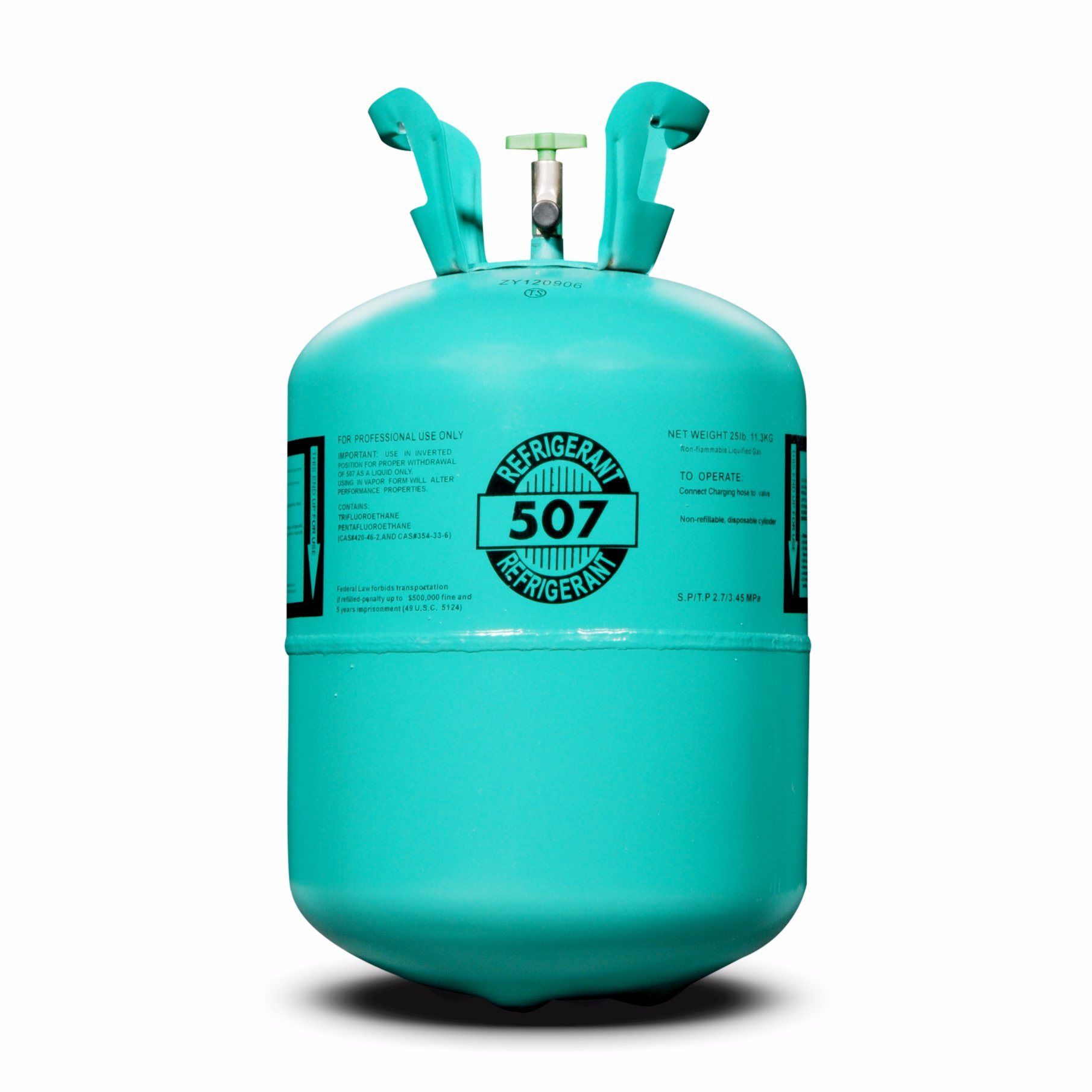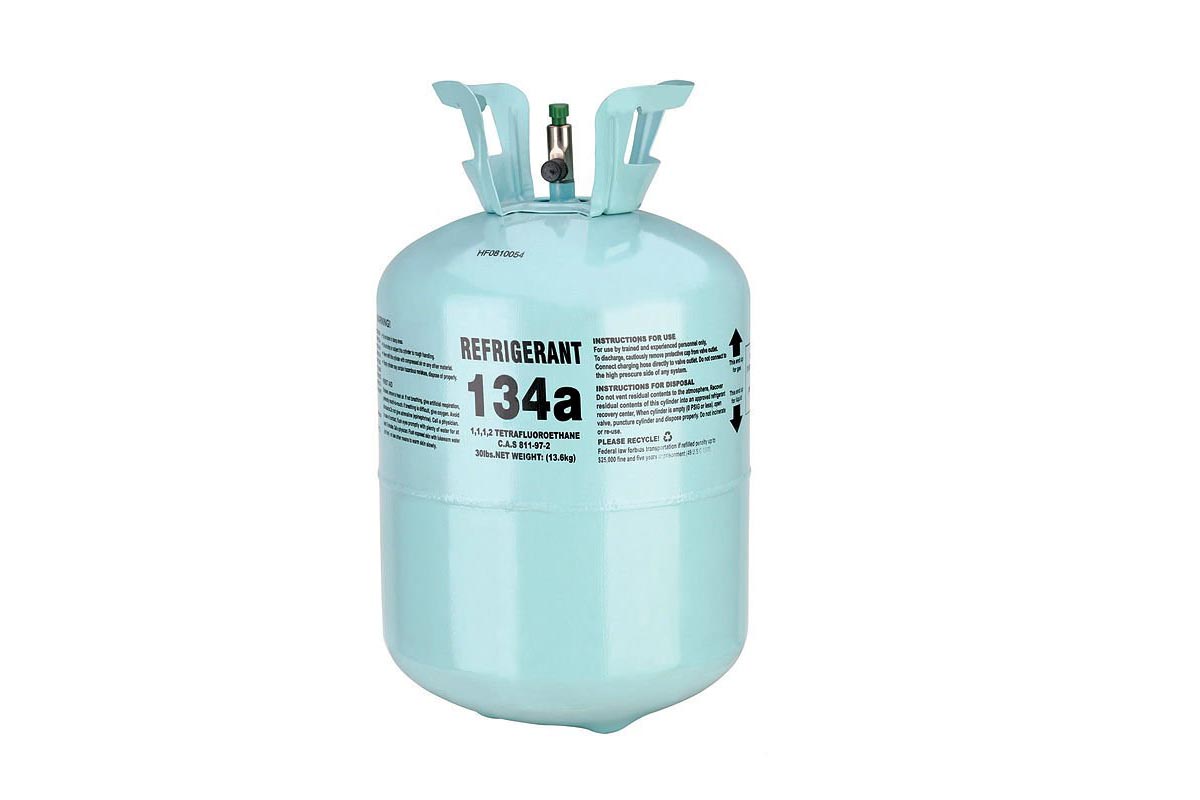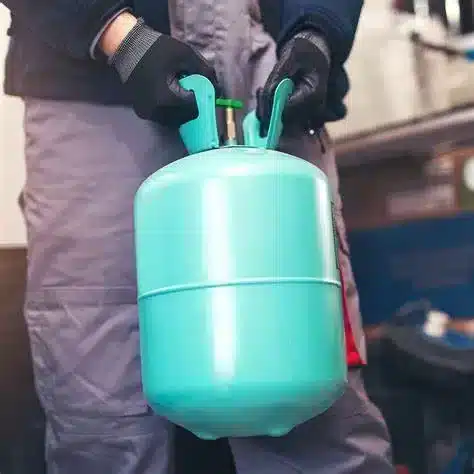If you have an air conditioner, a refrigerator, or a freezer, you probably have heard of the terms refrigerant and Freon. But do you know what they mean and how they differ? In this article, we will explain what refrigerant and Freon are, how they work, and what are the main differences between them.
Refrigerant is a general term for any substance that is used in a cooling system to absorb heat and lower the temperature of the surrounding environment. Freon is a trademarked brand name of a type of refrigerant that contains chlorofluorocarbons (CFCs), which are harmful to the ozone layer. Freon is also a common name for all brands of refrigerant, even if they are different.
What Is Refrigerant?
Refrigerant is a fluid or a gas that is used in the refrigeration cycle of heat pumps and air conditioning systems. Refrigerant can change its state from liquid to gas and back to liquid by absorbing or releasing heat. This process allows refrigerant to transfer heat from one place to another and create a cooling effect.
Refrigerant can be classified into different categories based on their chemical composition, such as:
- Chlorofluorocarbons (CFCs): These are synthetic chemicals that contain chlorine, fluorine, and carbon. They have high cooling efficiency and stability, but they also deplete the ozone layer and contribute to global warming. Examples of CFCs are R-11, R-12, R-113, and R-114.
- Hydrochlorofluorocarbons (HCFCs): These are synthetic chemicals that contain hydrogen, chlorine, fluorine, and carbon. They have lower ozone-depleting potential than CFCs, but they still have some impact on the ozone layer and global warming. Examples of HCFCs are R-22, R-123, and R-141b.
- Hydrofluorocarbons (HFCs): These are synthetic chemicals that contain hydrogen, fluorine, and carbon. They have zero ozone-depleting potential, but they have high global warming potential. Examples of HFCs are R-134a, R-410a, and R-32.
- Hydrocarbons (HCs): These are natural chemicals that contain hydrogen and carbon. They have zero ozone-depleting potential and low global warming potential, but they are also flammable and explosive. Examples of HCs are R-600a (isobutane) and R-290 (propane).
- Ammonia: This is a natural chemical that contains nitrogen and hydrogen. It has zero ozone-depleting potential and low global warming potential, but it is also toxic and corrosive. Ammonia is used in industrial refrigeration systems.
- Carbon dioxide: This is a natural chemical that contains carbon and oxygen. It has zero ozone-depleting potential and low global warming potential, but it also requires high pressure and energy to operate. Carbon dioxide is used in commercial refrigeration systems.
Each category of refrigerant has different properties, efficiency, and environmental impact. Therefore, choosing the right refrigerant for your cooling system depends on several factors, such as:
- The design and size of your cooling system
- The desired temperature range and cooling capacity
- The safety and health regulations
- The cost and availability of the refrigerant
- The environmental impact of the refrigerant

What Is Freon?
Freon is a specific brand of refrigerant that was created by DuPont (now Chemours) in the 1930s. It was widely used in air conditioners, refrigerators, freezers, and aerosol cans until it was found to deplete the ozone layer and contribute to global warming. Freon contains CFCs or HFCs, which are synthetic chemicals that break down ozone molecules in the stratosphere.
Some examples of Freon products are:
- R-12: This is a CFC refrigerant that was used in car air conditioners until it was banned in 1994.
- R-22: This is an HCFC refrigerant that was used in residential air conditioners until it was phased out in 2020.
- R-410a: This is an HFC refrigerant that is used in modern air conditioners as a replacement for R-22.
- R-13B1: This is a CFC refrigerant that was used in low-temperature applications such as freezers until it was banned in 1996.
- R-503: This is a CFC refrigerant that was used in very low-temperature applications such as cryogenics until it was banned in 1996.
However, not all refrigerants that contain CFCs or HFCs are Freons. For example:
- R-11 and R-113 are CFC refrigerants that are not produced by DuPont.
- R-134a and R-32 are HFC refrigerants that are not produced by DuPont.
Similarly, not all Freons contain CFCs or HFCs. For example:
- R-1234yf and R-1234ze are HFO refrigerants that are produced by DuPont but do not contain chlorine or fluorine.
Therefore, Freon is a specific brand of refrigerant that contains CFCs or HFCs, but not all refrigerants that contain CFCs or HFCs are Freons. However, Freon is often used as a generic name for any refrigerant, which can cause confusion and misunderstanding.

What Are The Main Differences Between Refrigerant And Freon?
Refrigerant and Freon are not the same thing. Refrigerant is a broad term for any cooling agent, while Freon is a specific brand of refrigerant that contains CFCs or HFCs. However, Freon is often used as a generic name for any refrigerant, which can cause confusion and misunderstanding.
The main differences between refrigerant and Freon are:
- Name: Refrigerant is a general term for any substance that is used in a cooling system to absorb heat and lower the temperature of the surrounding environment. Freon is a trademarked brand name of a type of refrigerant that contains CFCs or HFCs.
- Composition: Refrigerant can be classified into different categories based on their chemical composition, such as CFCs, HCFCs, HFCs, HCs, ammonia, carbon dioxide, and water. Freon is a specific category of refrigerant that contains CFCs or HFCs.
- Environmental impact: Refrigerant can have different environmental impacts depending on their ozone-depleting potential and global warming potential. Freon has a high ozone-depleting potential and global warming potential due to its CFC or HFC content.
- Availability: Refrigerant can have different availability depending on their cost and production. Freon has become less available due to its ban or phase-out by international agreements such as the Montreal Protocol and the Kyoto Protocol.




